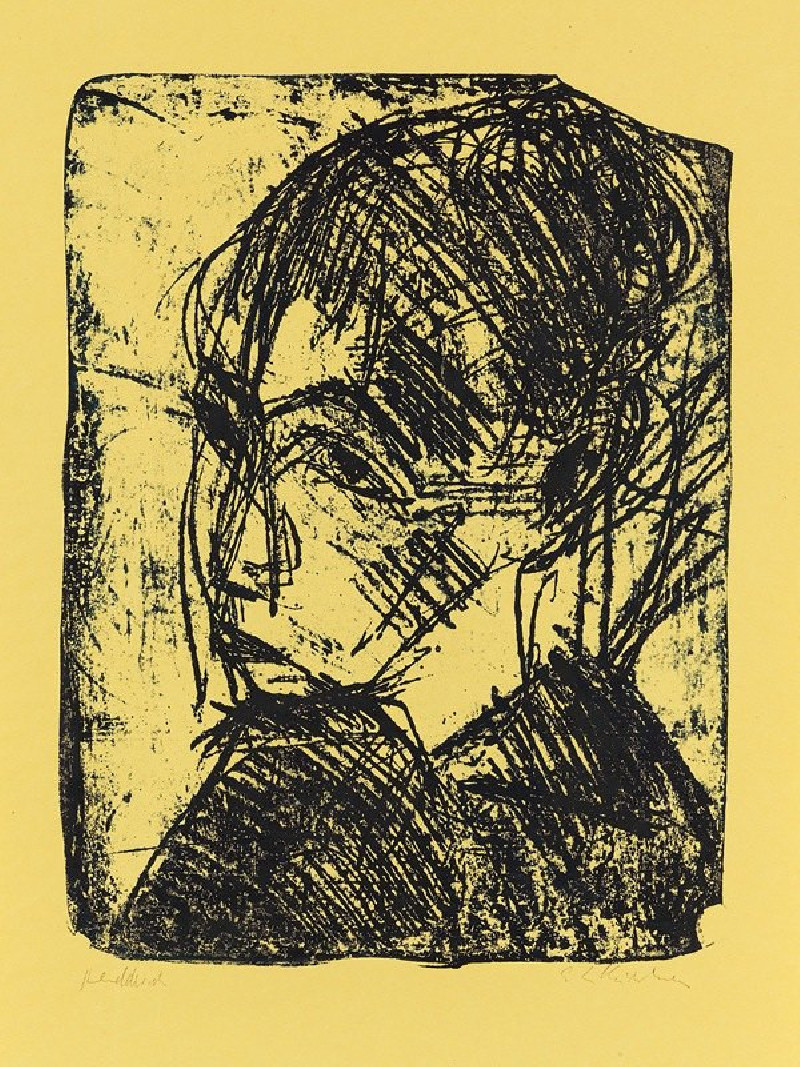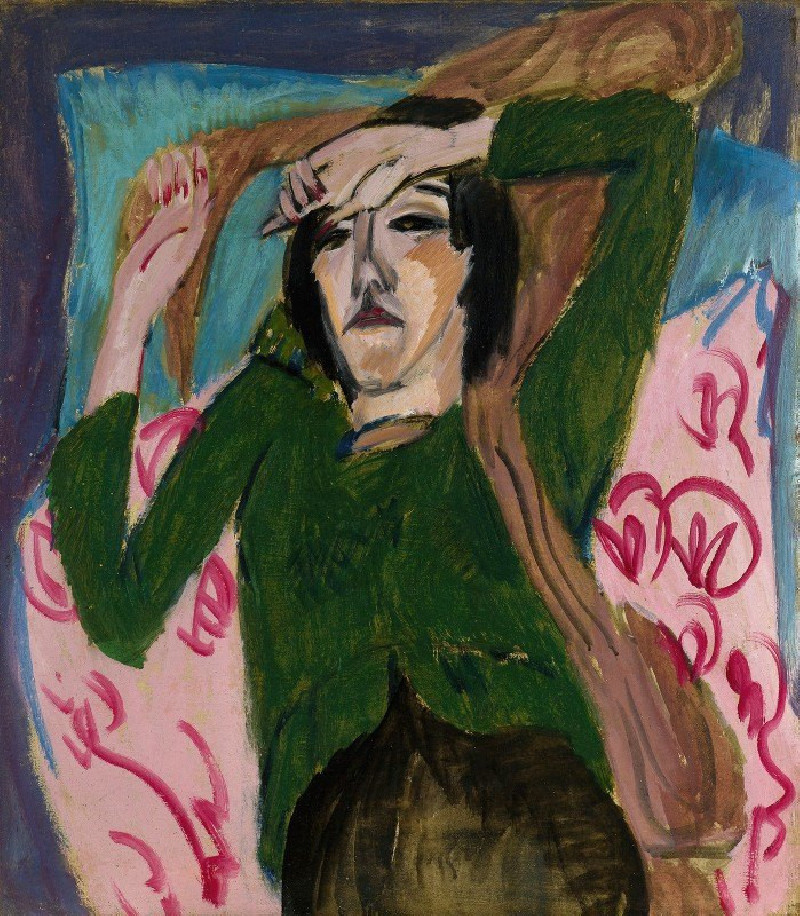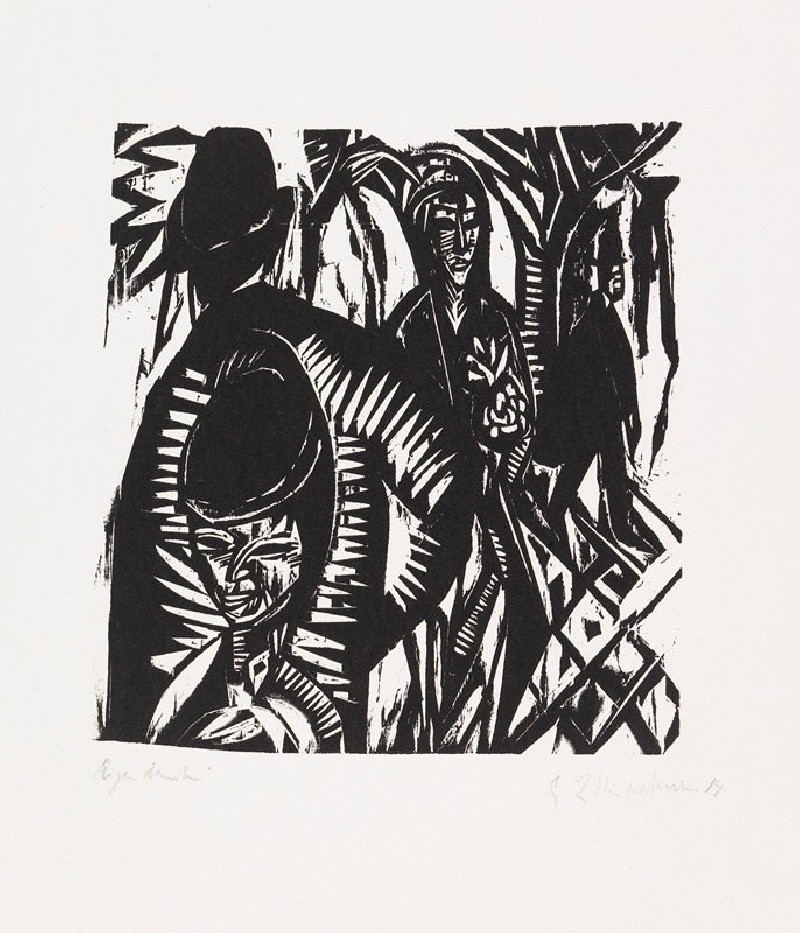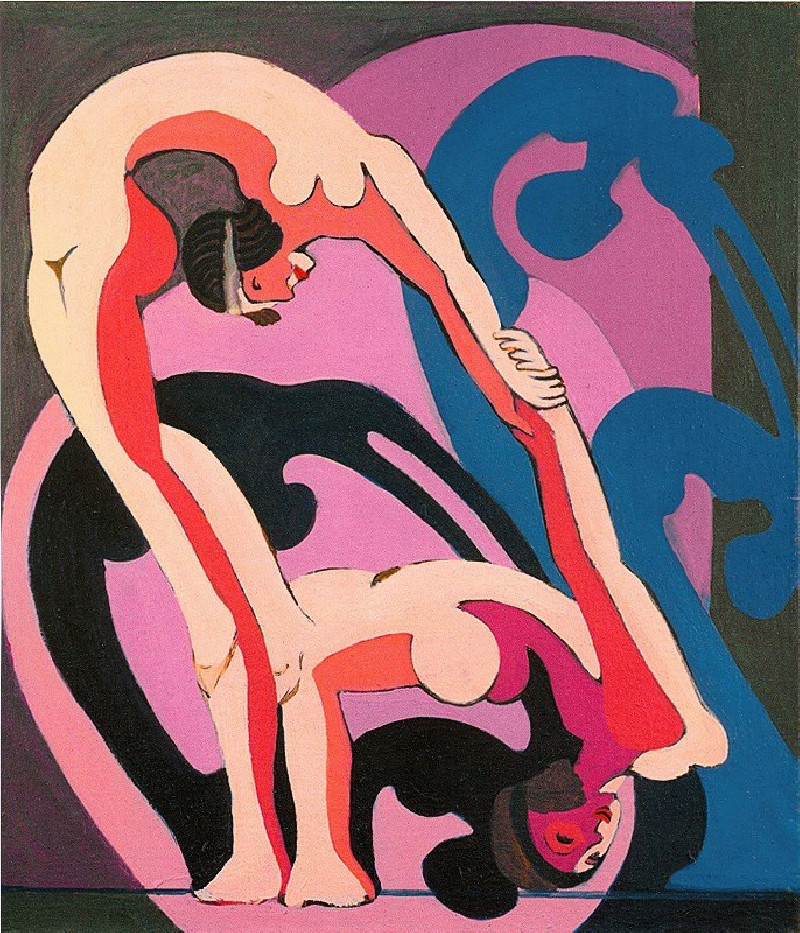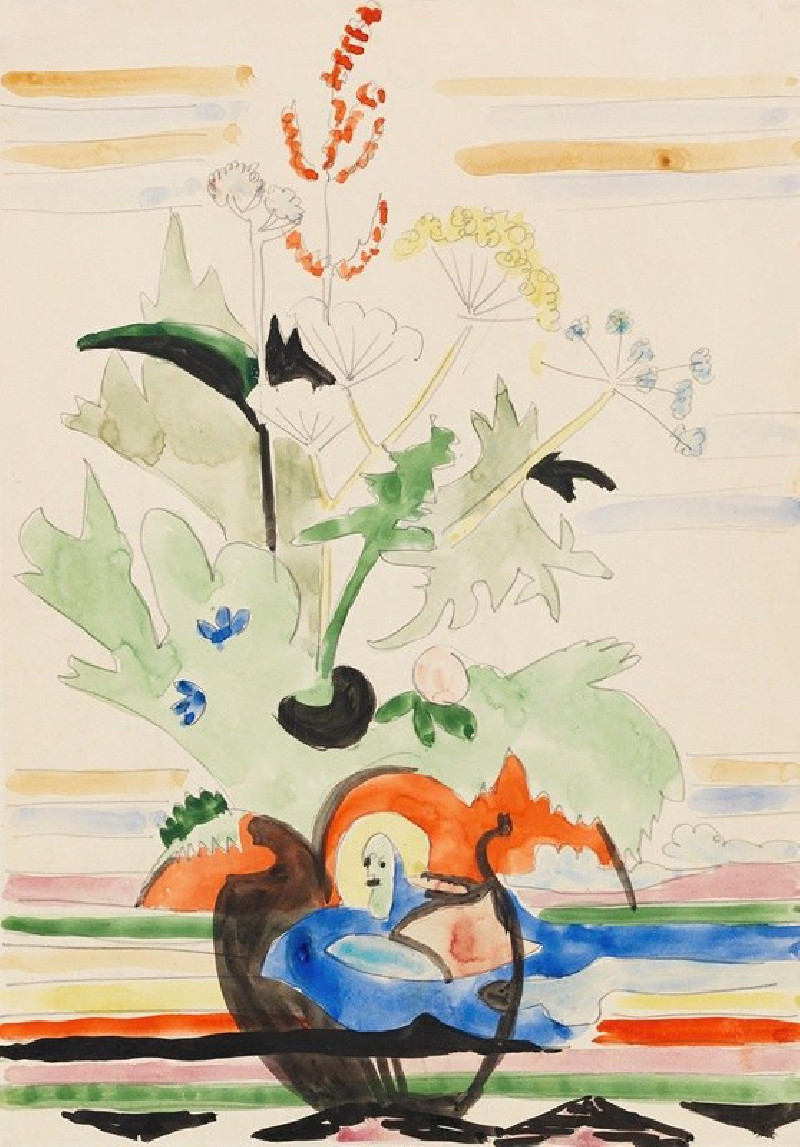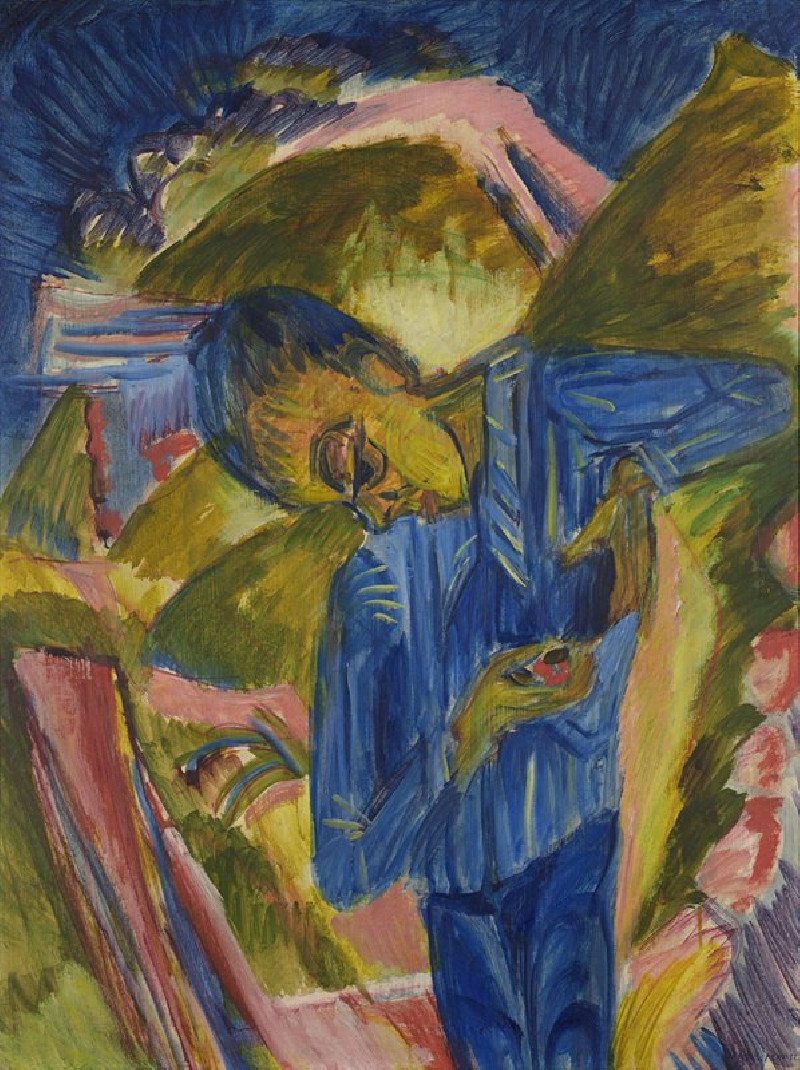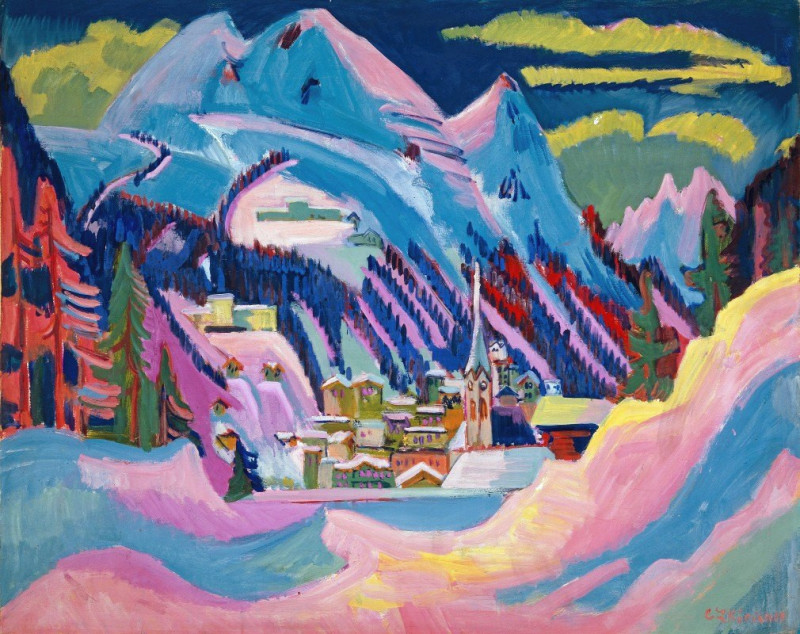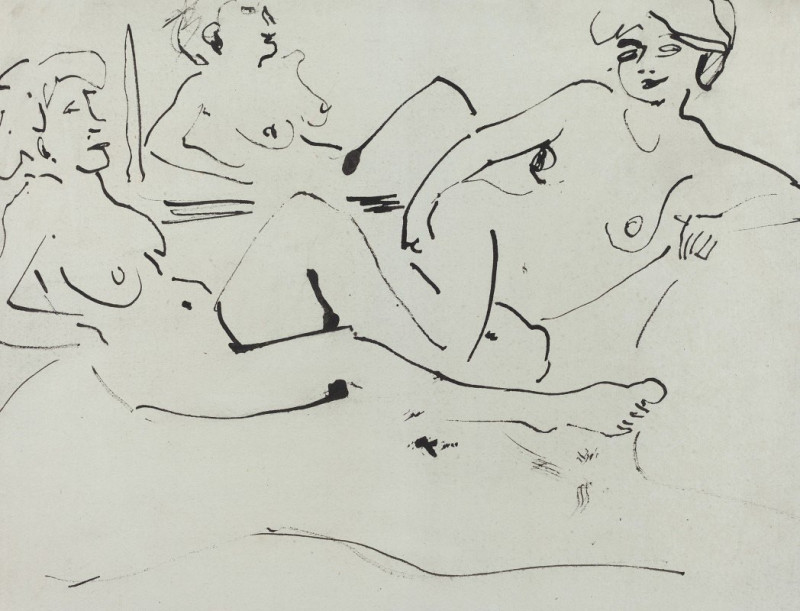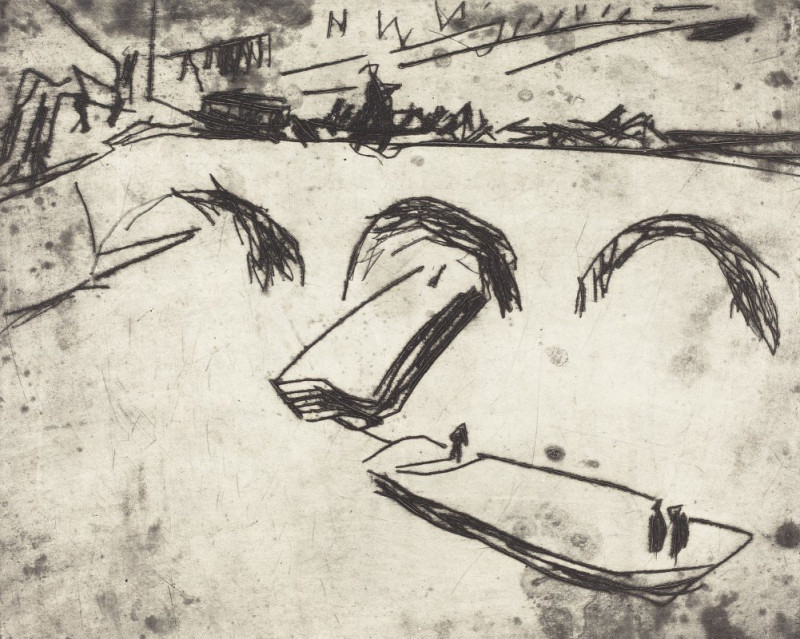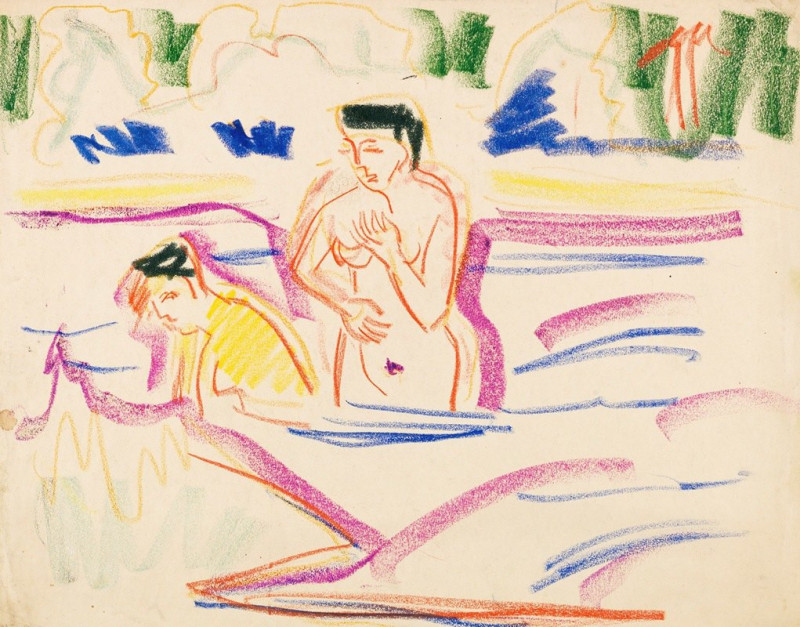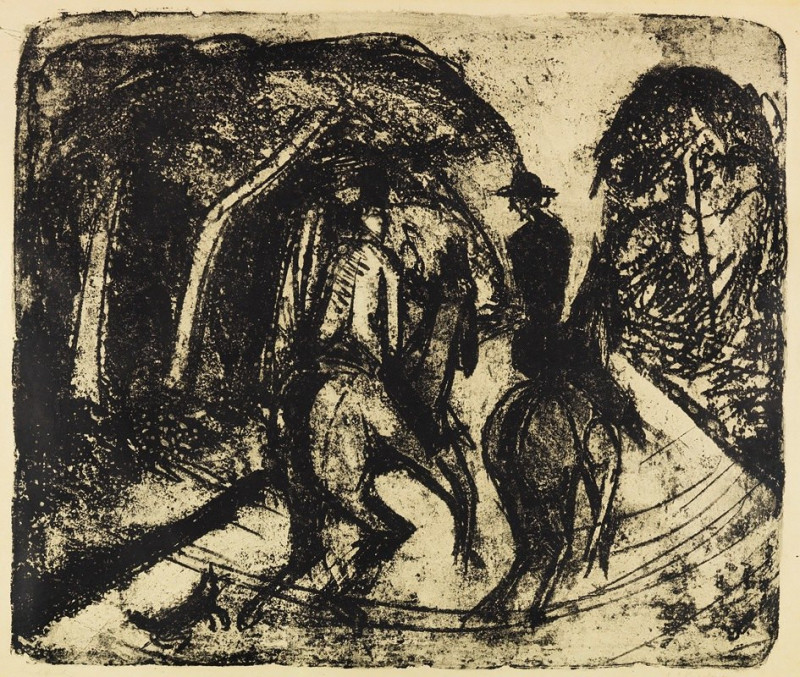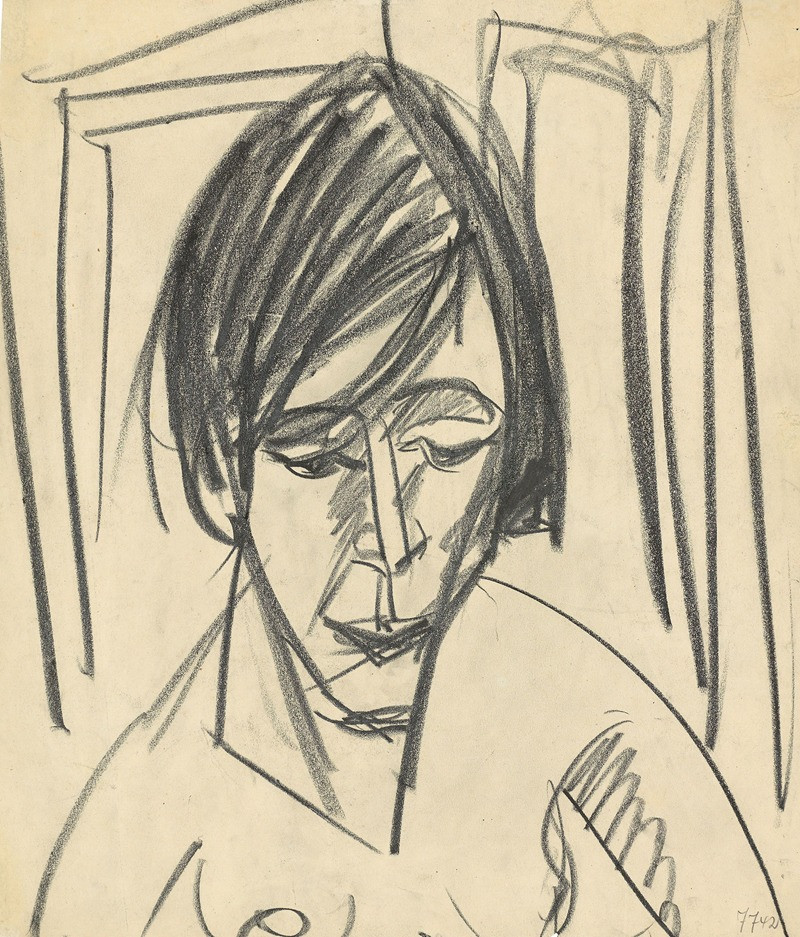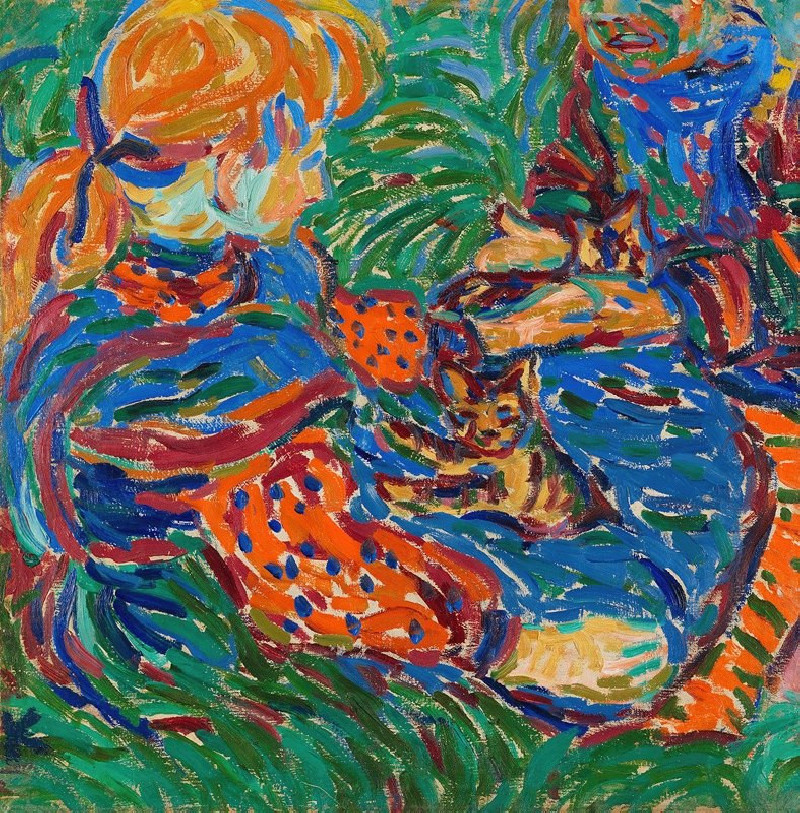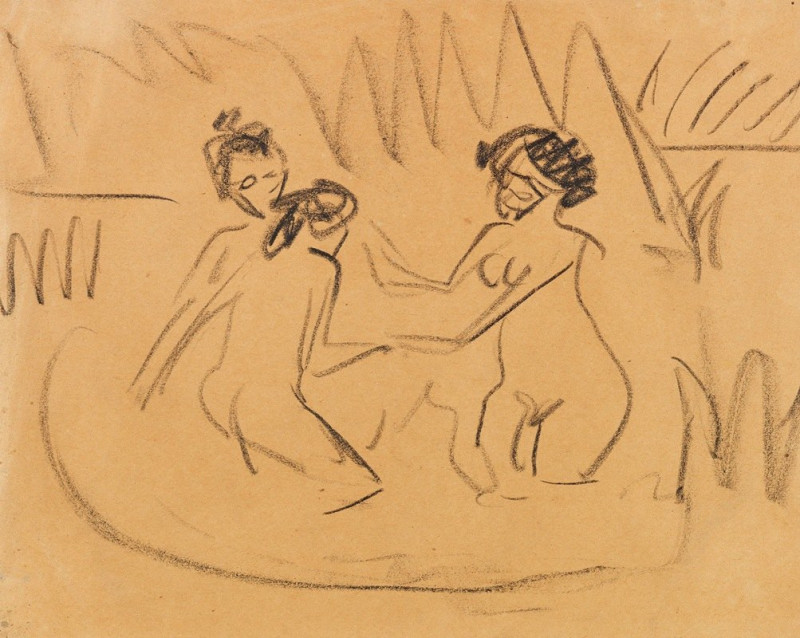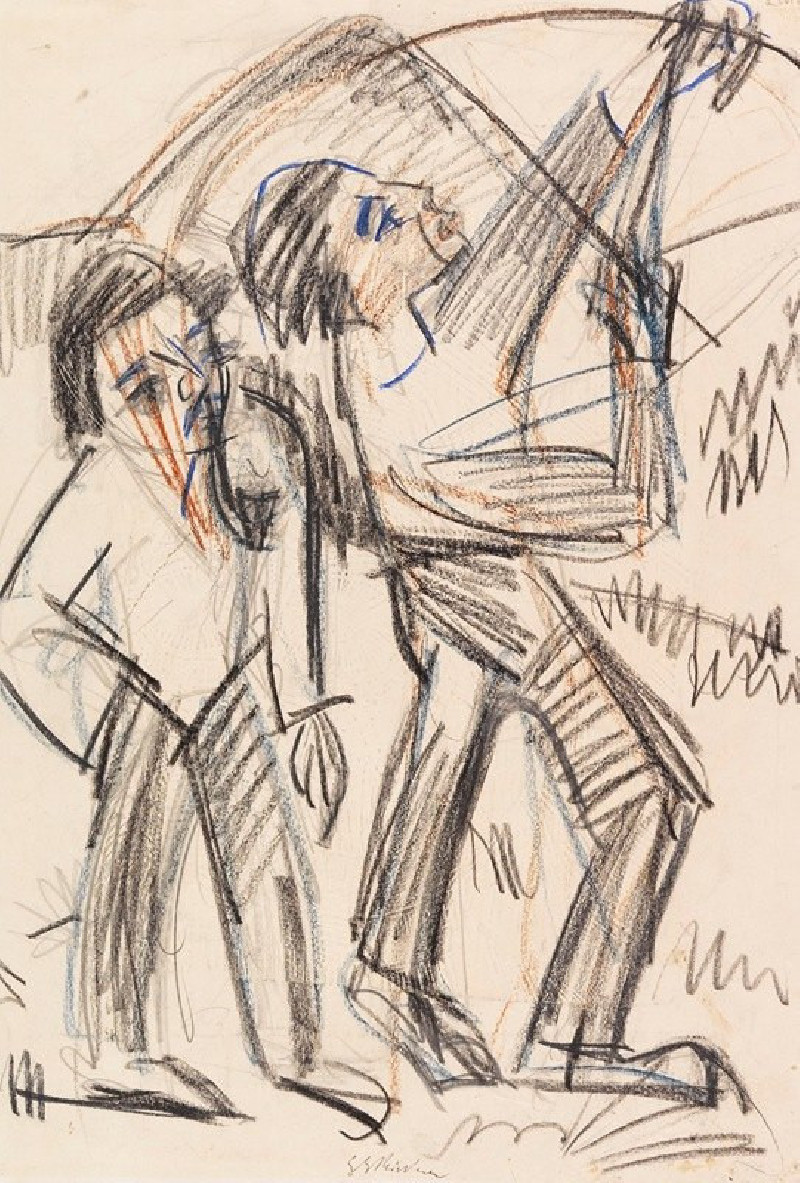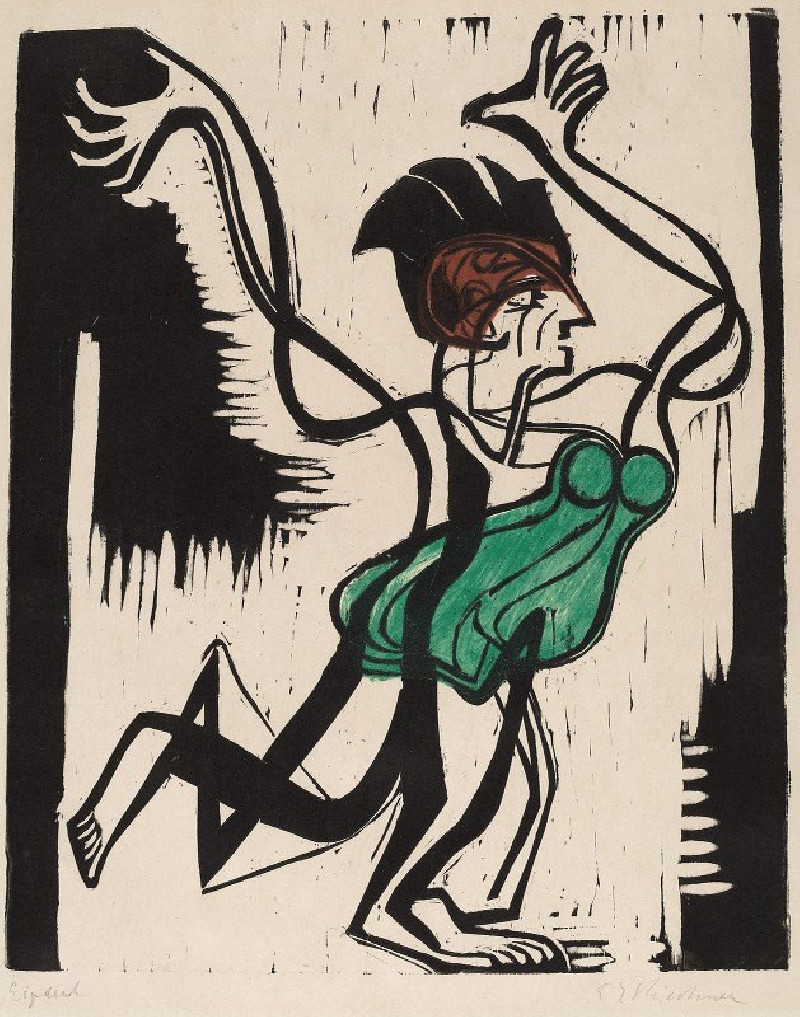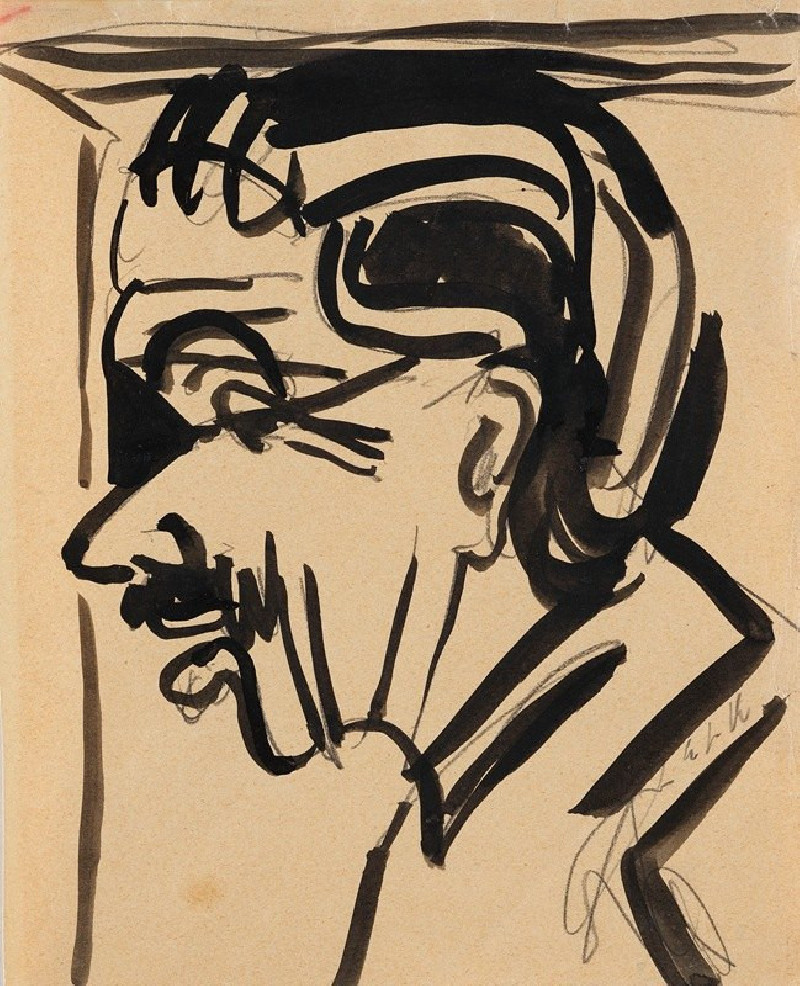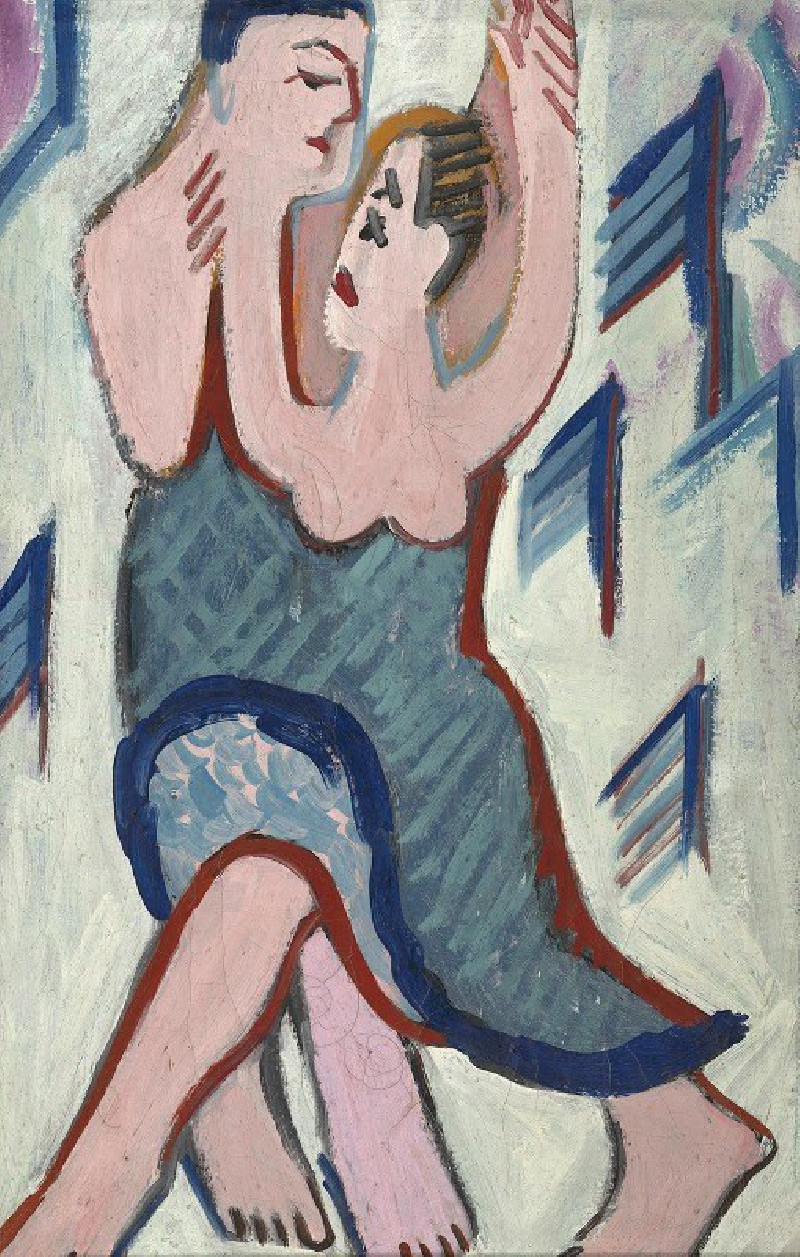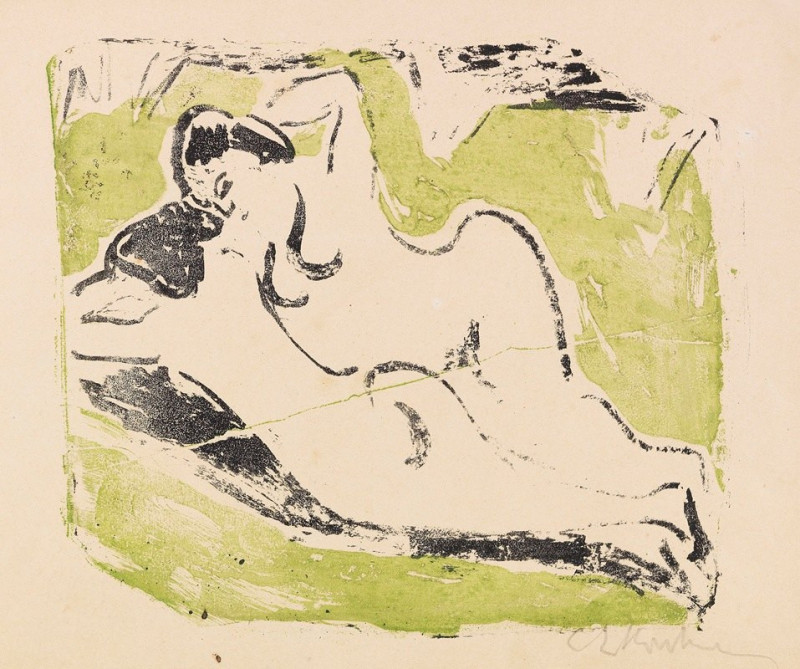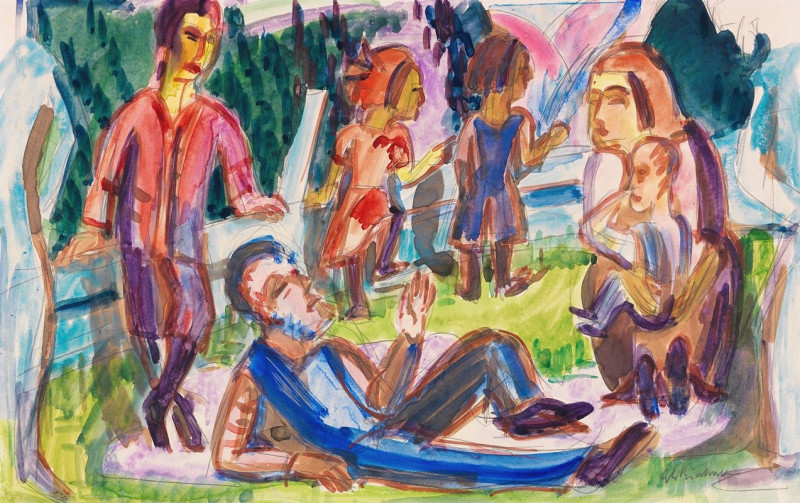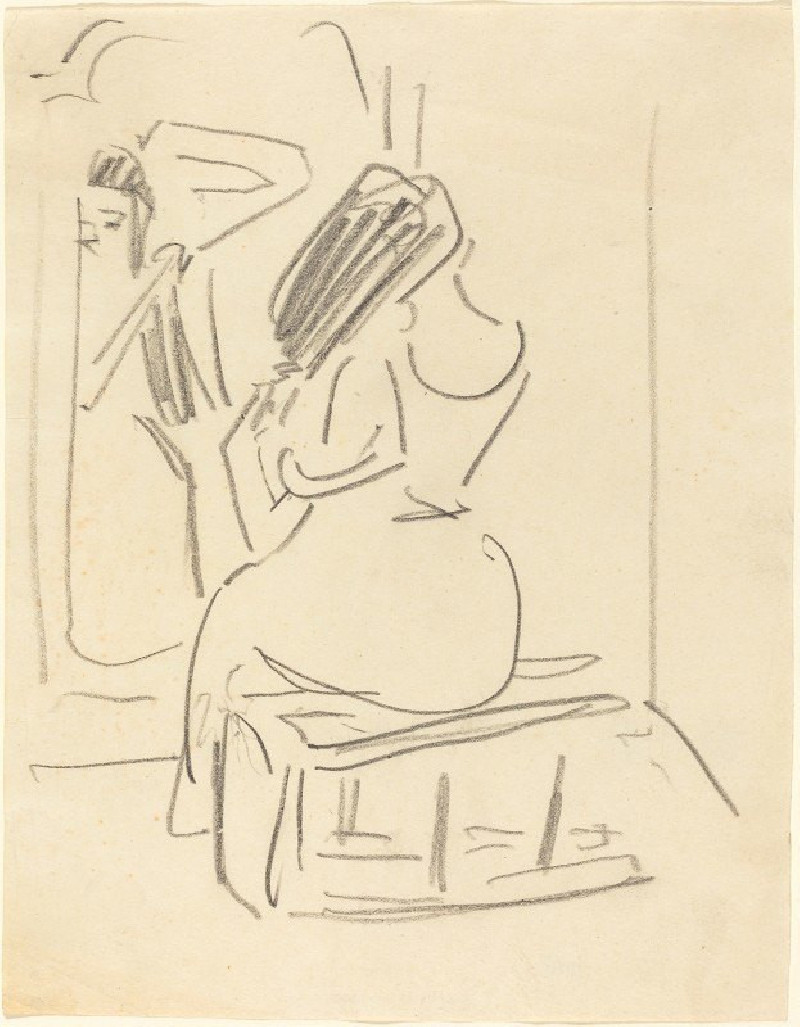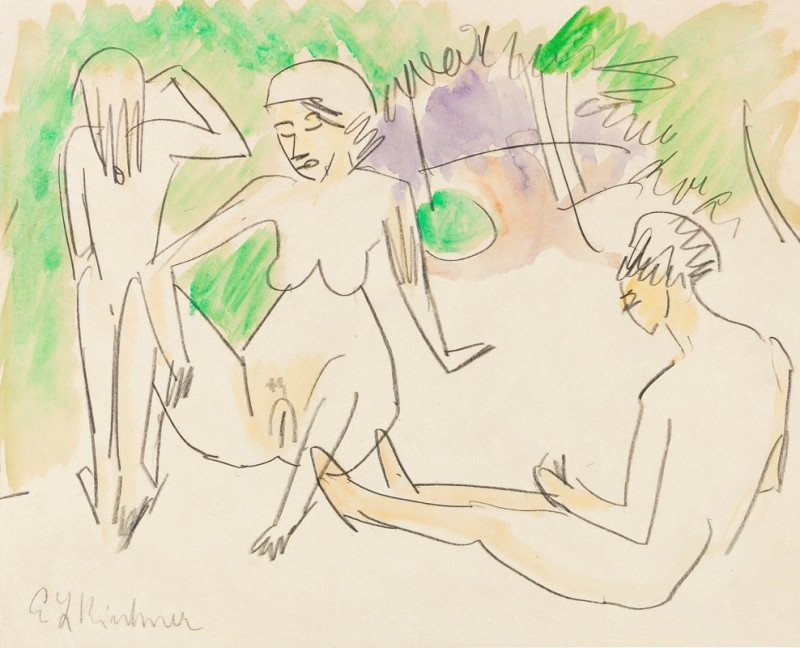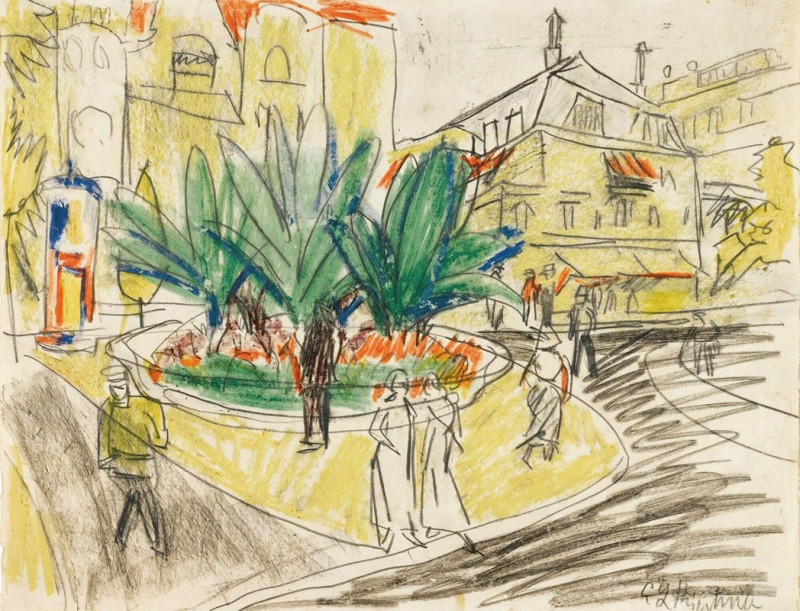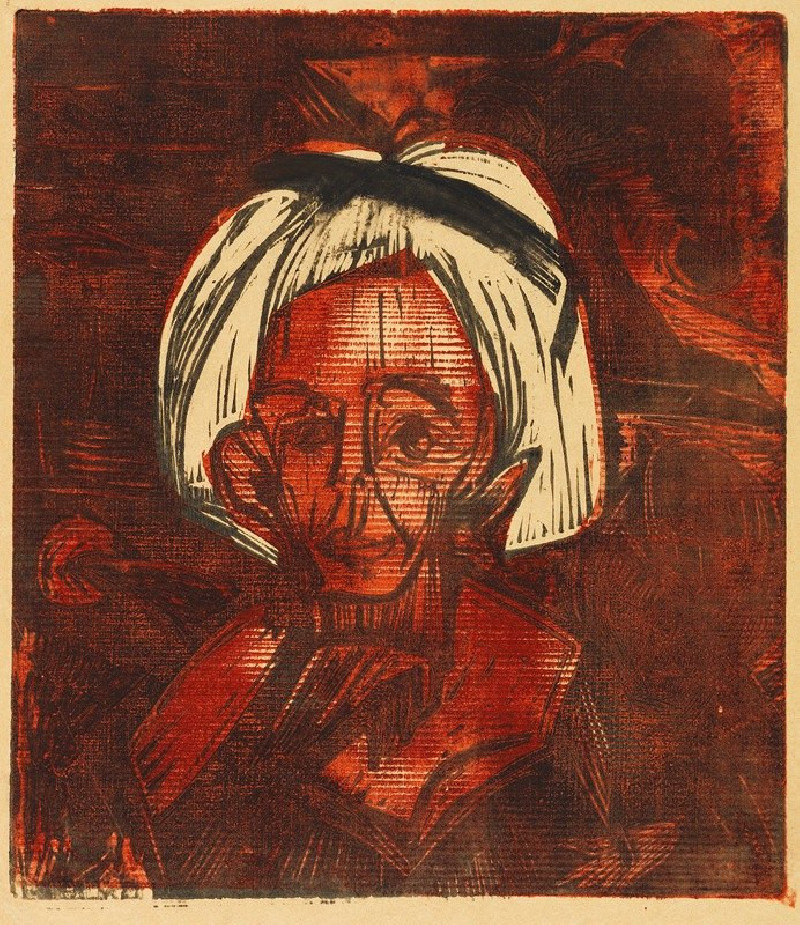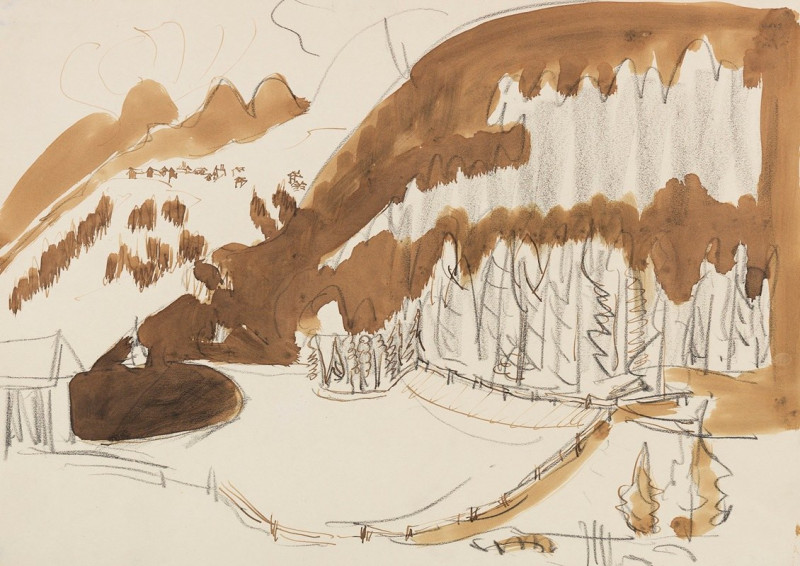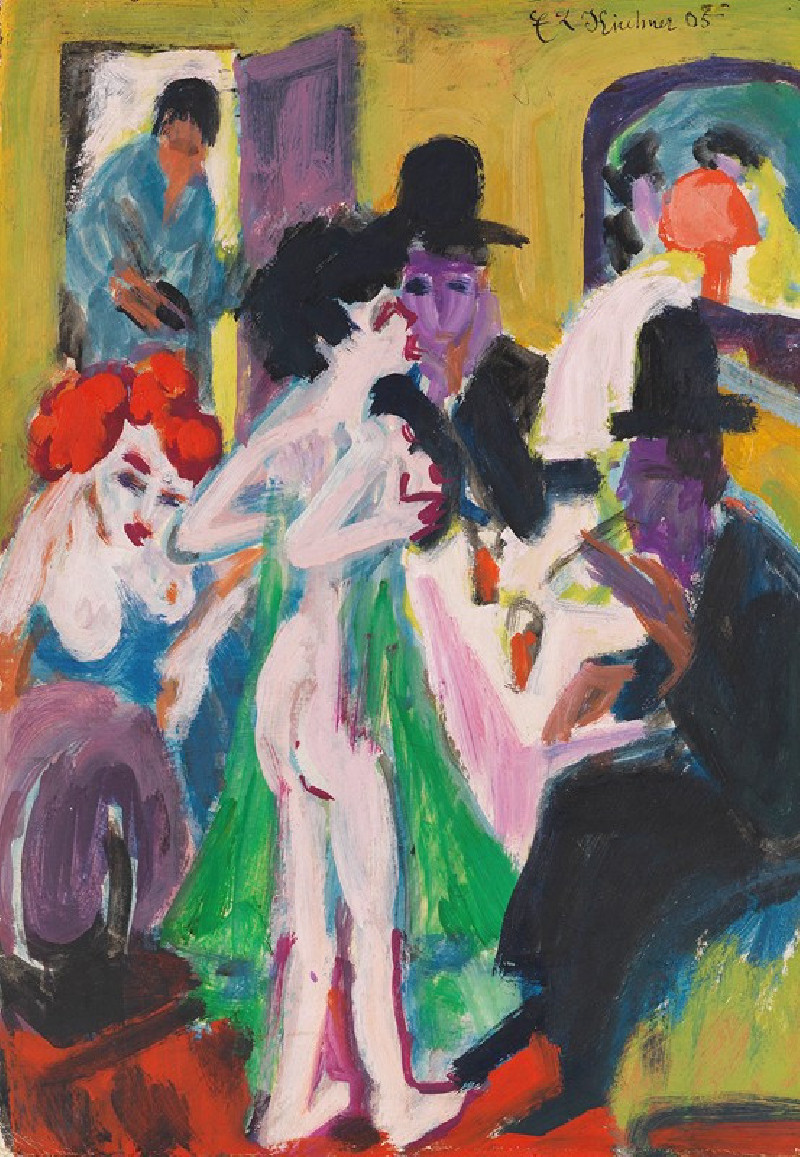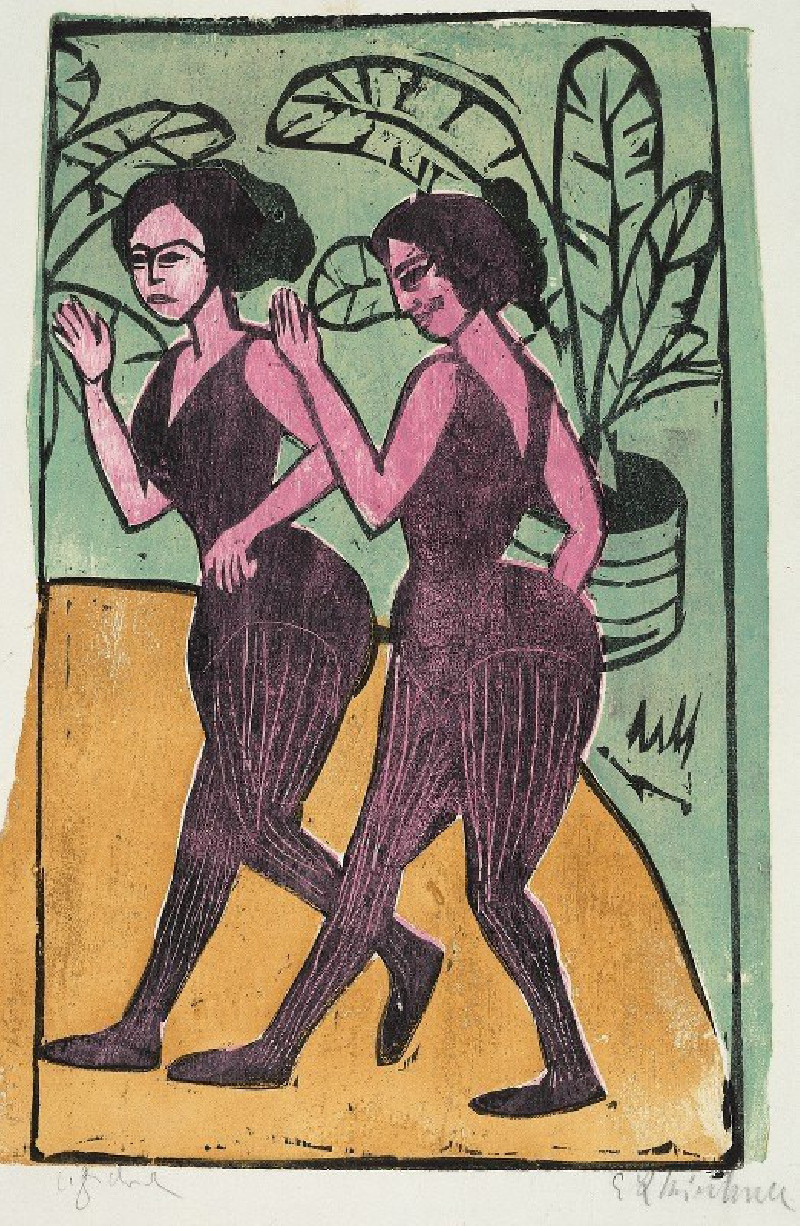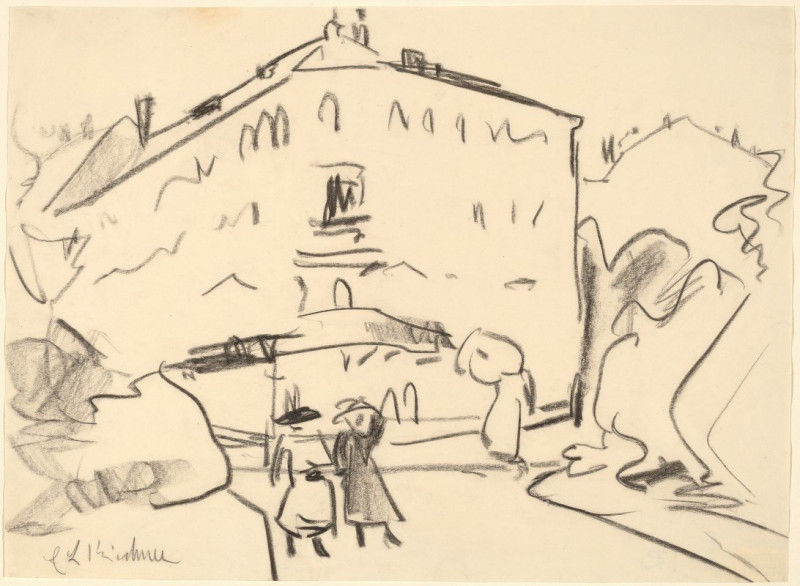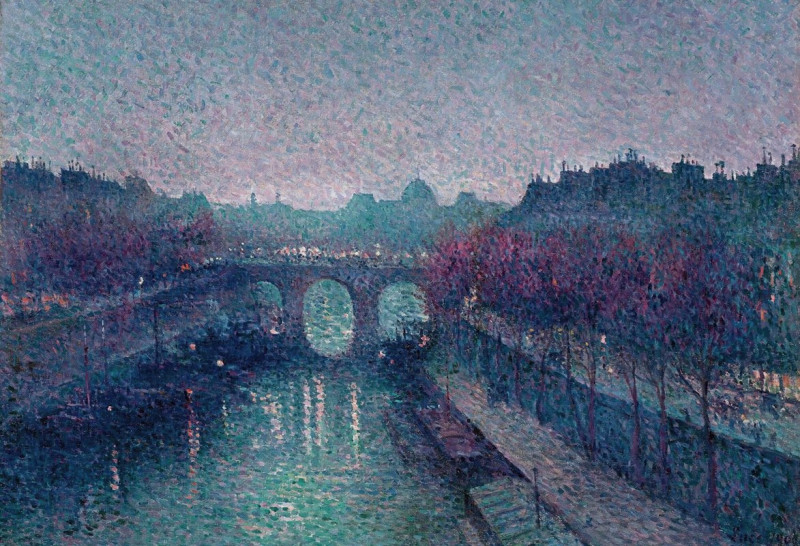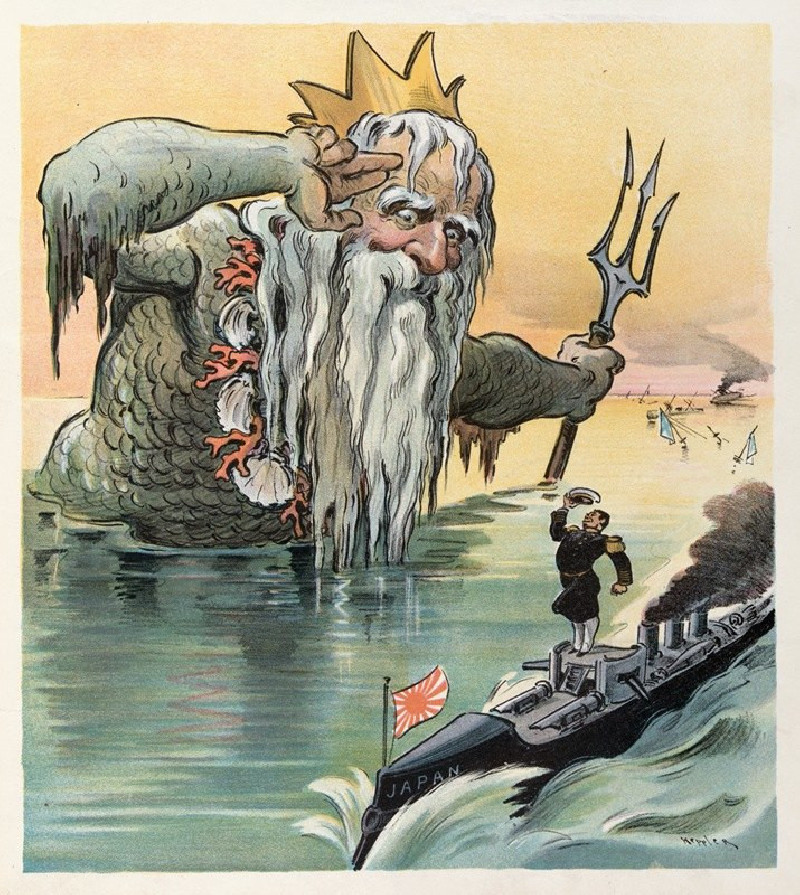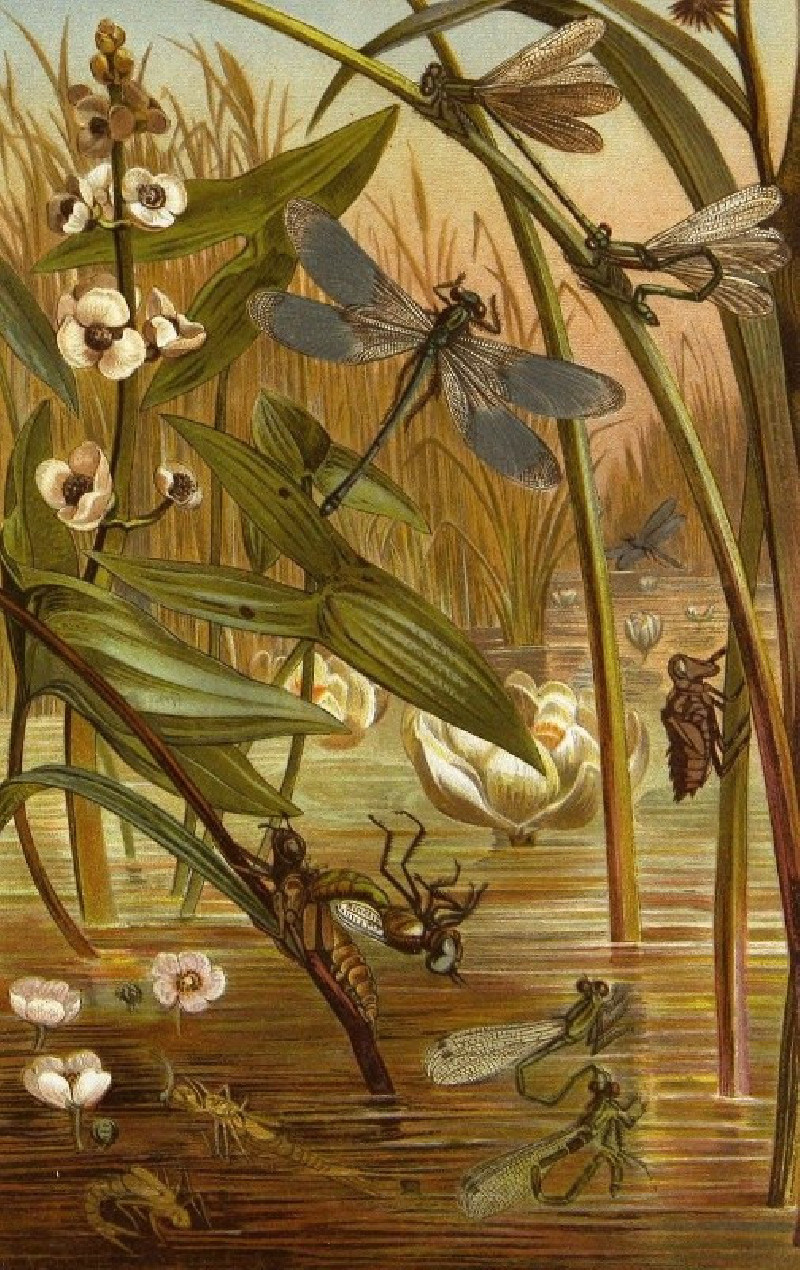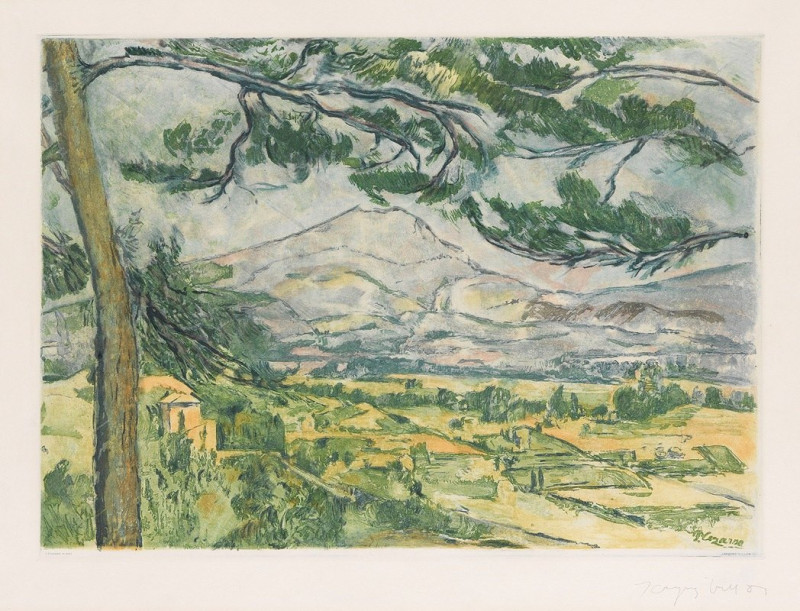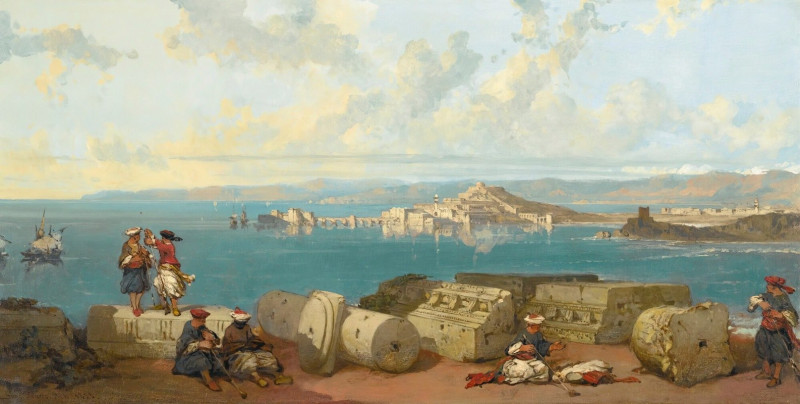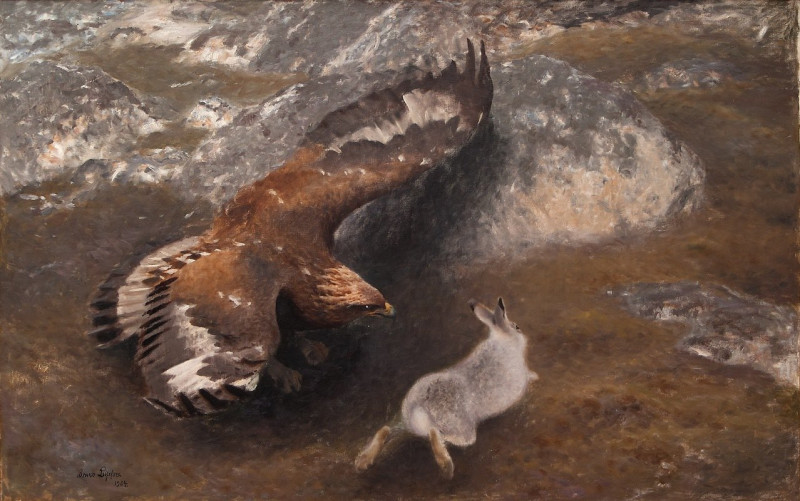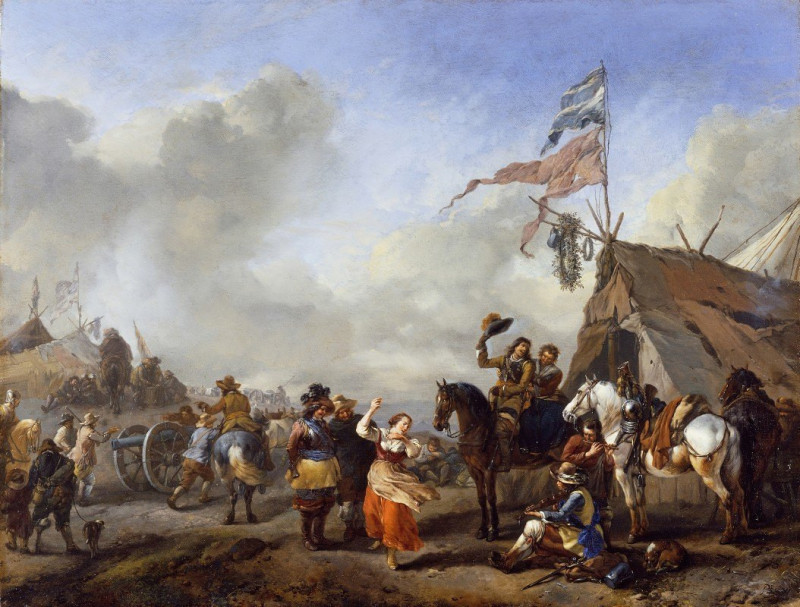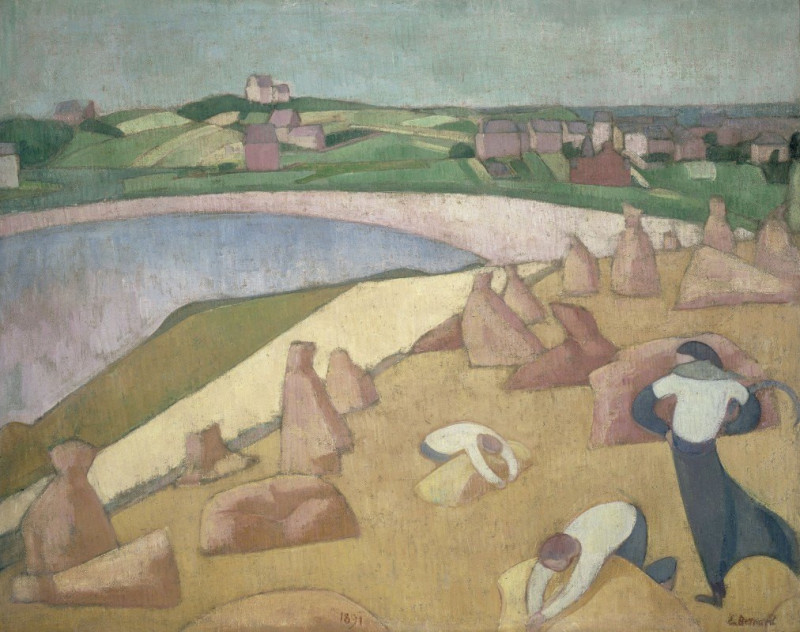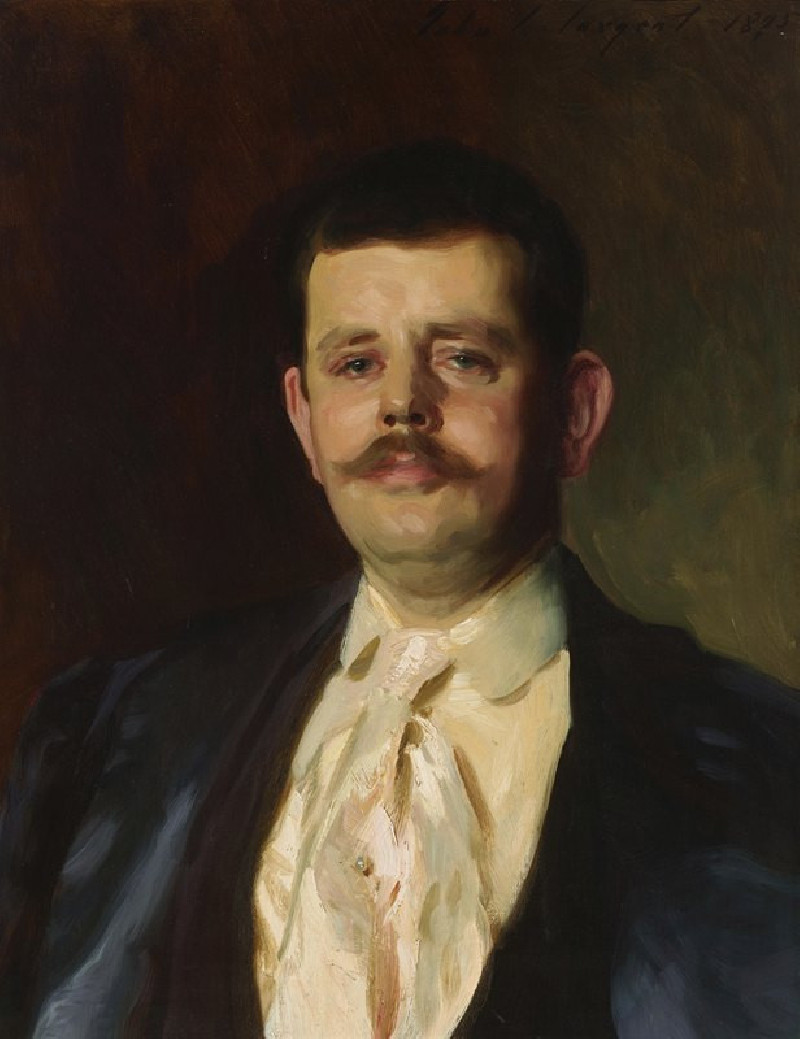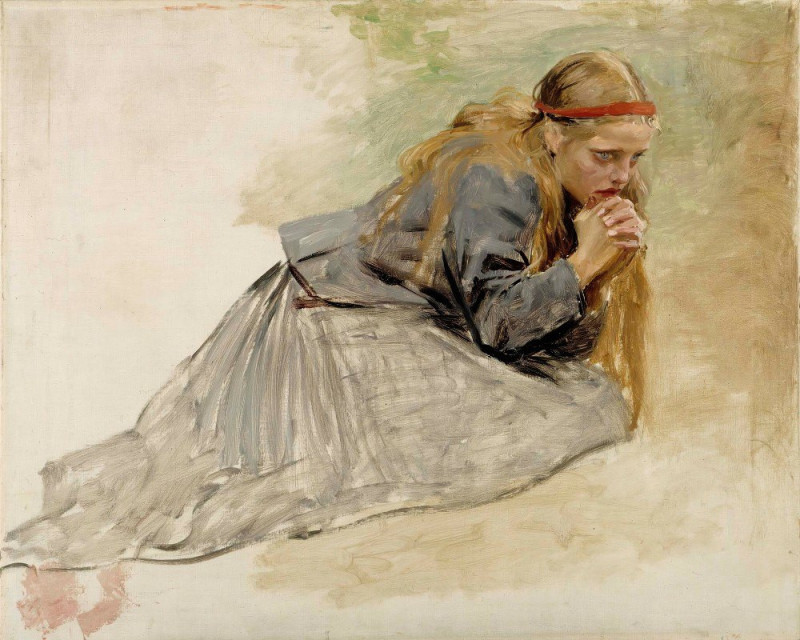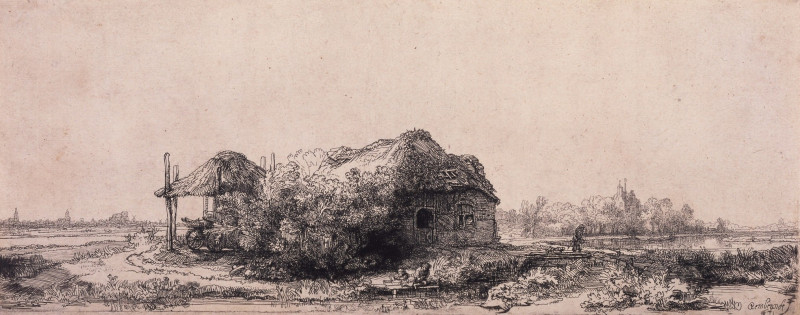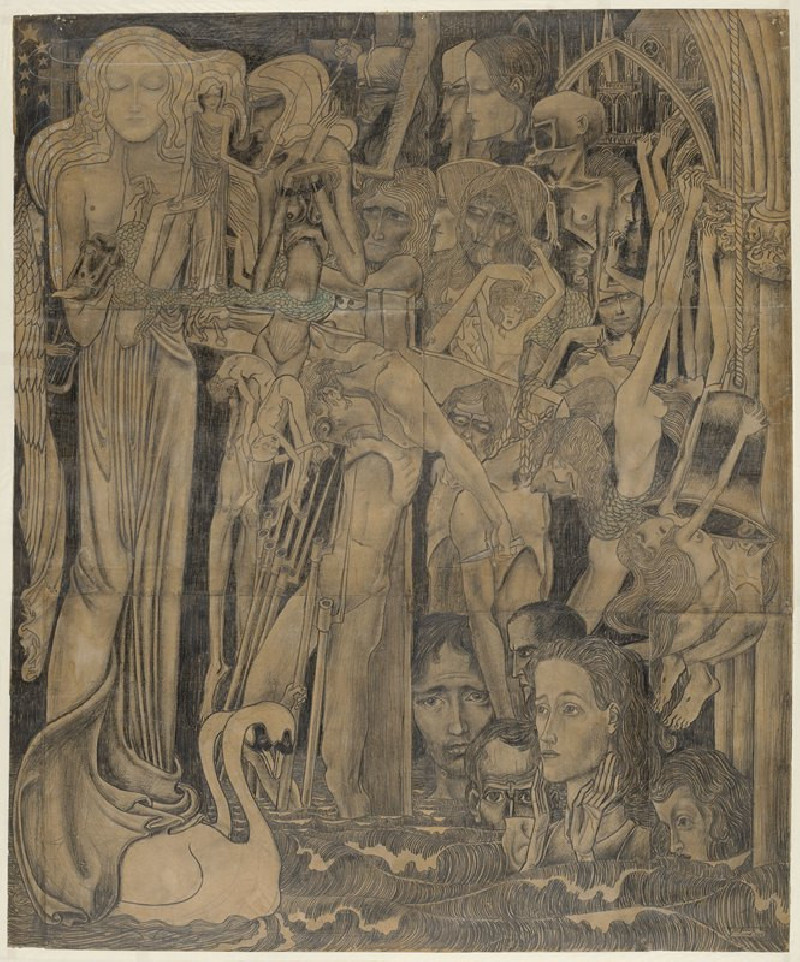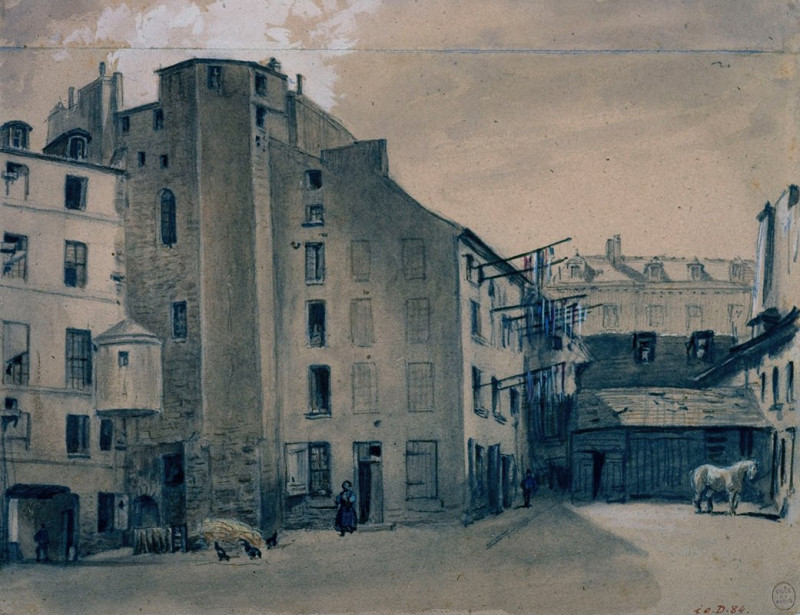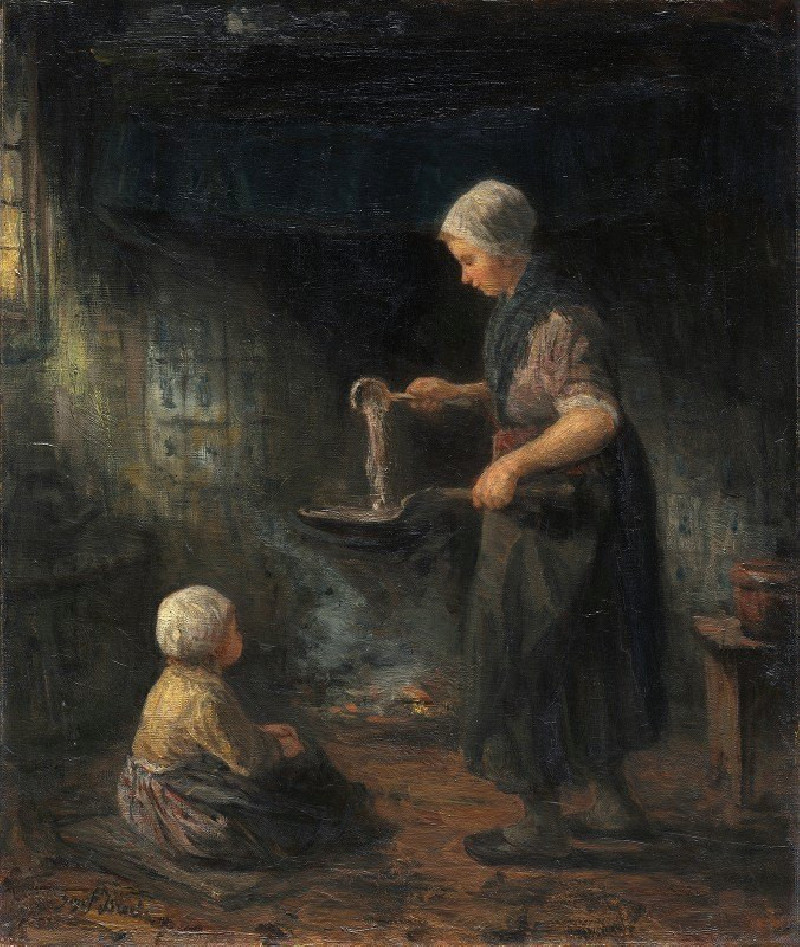Porträt Frau Bluth (1916)
Technique: Giclée quality print
Recommended by our customers
More about this artwork
Ernst Ludwig Kirchner's "Porträt Frau Bluth" from 1916 is an evocative portrayal that showcases the artist's distinctive approach to expressionism. In this image, the representation of Frau Bluth is rendered through dynamic and aggressive black lines against a monochromatic yellow background, creating a stark and intense visual contrast. The abstract and somewhat chaotic lines capture the facial and bodily features of the subject with a deep sense of emotion and psychological depth.The portrait reflects Kirchner's interest in capturing not just the physical appearance but the internal emotional state of his subjects. The rough, almost frenetic strokes may symbolize the inner turmoil or the vibrant energy of Frau Bluth. The use of black ink on a warm yellow ground not only heightens the visual impact but also adds a dramatic, almost theatrical quality to the work.This portrait is a profound example of Kirchner’s ability to transform traditional portraiture into a reflection of subjective experience, making it a significant piece within the collection of expressionist art.
Delivery
Returns
Ernst Ludwig Kirchner (1880–1938) was one of the most important German Expressionist painters. He was a co-founder of Die Brücke, a group of German expressionist artists formed in Dresden in 1905. Die Brücke and Kirchner took inspiration from Vincent Van Gogh and Edvard Munch, as well as African and Oceanic art. They used woodblock printing as a medium to showcase their signature style: flat, unrealistic images with vivid colors. The recurring themes in Kirchner's artworks included exotic cultures, faraway landscapes, self-portraits, dancers and Berlin street life. His paintings and prints effectively portrayed non-European cultures despite the fact that he never traveled outside of Europe.

